The second Generation of ICT Park Smart Greenhouse Inaugurated with the Presence of the Minister of Communications and Information Technology
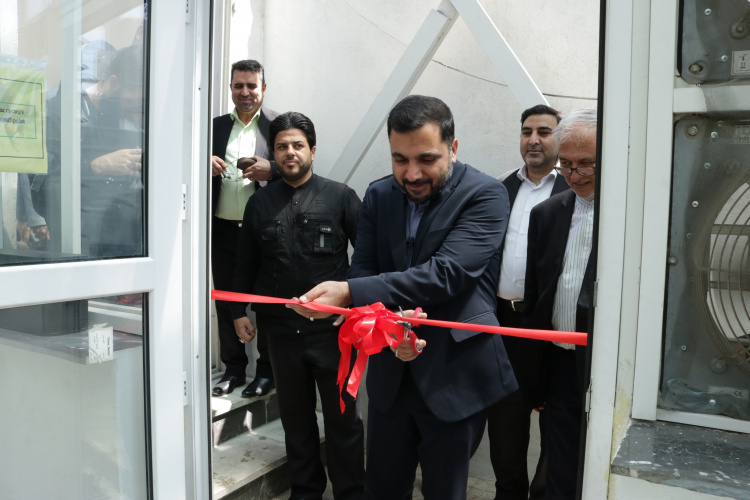
During this visit, in which the Minister of Communications and Information Technology was accompanied by a number of deputies of this ministry, including Dr. Aghamiri, Vice President of Technology and Innovation of the Ministry of ICT; Mr. Khansari, Deputy Minister and Head of Information Technology Organization of Iran; Mr. Ansari, Deputy of Strategic Planning & Monitoring of ICT; Mr. Bahraini, Head of the Inspection, Management Monitoring and Complaints Response Center; and Mr. Ashraf, Head of Public Relations of the Ministry of Communications, Dr. Issa Zarepour was fully informed about the development stages of the smart greenhouse and the fundamental changes implemented in the different phases of the development of this greenhouse.
The Minister of Communications and Information Technology, while welcoming the development stages of ICT Park’s smart greenhouse, emphasized the continuation of these activities until this model of the greenhouse reaches the stage of commercialization.
He also emphasized the continuation of networking activity and economic efficiency of the greenhouses in ICT Park’s smart greenhouse and promised to provide the enterprise budget for the development of the Park’s smart greenhouse.
It should be mentioned that in order to use the up-to-date knowledge of the cultivation of greenhouse products and develop cultivation operations in ICT Park’s greenhouse, the second cultivation began through transplantation, and in this way, the production initiation period has been greatly shortened (precocity) and the first production has been harvested about 45 days after the transmission of the young plant.
The use of “transplantation”; “three-stem and four-stem transplants in the cultivation of cherry tomato (plum oval)”, “bee pollinators (Bumblebees)”, and “hydroponic farming and growbag drainage” differentiate the second plantation from the first plantation of ICT greenhouse.
Being resistant to water salinity; leaf area and shape; the freshness of the plant; symptoms of salinity in the fruit; greater tolerance to viral and fungal diseases, as well as nematodes are among the important reasons for the necessity of transplantation.
Moreover, in order to evaluate the function and other growth parameters of the plant, three- and four-stem transplantation were formed on a cherry tomato (plum oval) plantation, and in case of the positive performance of using multi-stem transplants, the number of seeds used will be significantly lessened, and this issue will be significant in greenhouses with large areas.
The use of Bumblebees is another difference between the second plantation and the first plantation of ICT Park greenhouse. Characteristics such as activities in temperatures lower and higher than the range of activities of honeybees, continued activities in cloudy and windy weather, less violence, less sensitivity to moving the hive, and lack of a communication system like that of honeybees, which leads to finding flowers of weed plants with more nectar, and also being larger in size, which increases the ability to pollinate, are considered the differences between Bumblebees and Honeybees. Another feature that makes pollination with Bumblebees more effortless and beneficial is that they only choose flowers that have reached physiological maturity and emit a specific odor, despite the fact that at the time of manual pollination, not all flowers are in the same growth stage and may not have reached physiological maturity.
The use of hydroponic farming and growbag drainage is another distinction between the second plantation and the first plantation of ICT Park greenhouse. The amount of irrigation varies based on the growth conditions of the plant, temperature, and ambient light, but it is usually adjusted in such a way that in spring and summer, the amount of growbag drainage is about 20-25 % of the amount of irrigation, and in autumn and winter, it is about 15-20 %. In this way, on average, during the cultivation period, about 20% of the irrigation amount (approximately 200 to 300 cc per plant per day) is removed from the reach of the plant which can be collected by installing tanks at the end of each row of the crops, and which has the possibility to be used again in greenhouse irrigation (after disinfection and analysis of the fluid).
It should be mentioned that, during this visit, Dr. Issa Zarepour, Minister of Communications and Information Technology, was accompanied by Dr. Mohamad Jafar Sadigh Damghanizadeh, the Advisor to the Minister and President of ICT Park; Dr. Abbas Ghanbari Baghestan, Communication and International Affairs Advisor of ICT Park; Dr. Alireza Hafizi, Deputy President for Human Capital Development and Executive and Administrative Affairs; Mr. Javad Yazdanpanah, Deputy President for Technology Development; Mr. Mohamad Ali Jafari, Deputy President for Market Development.

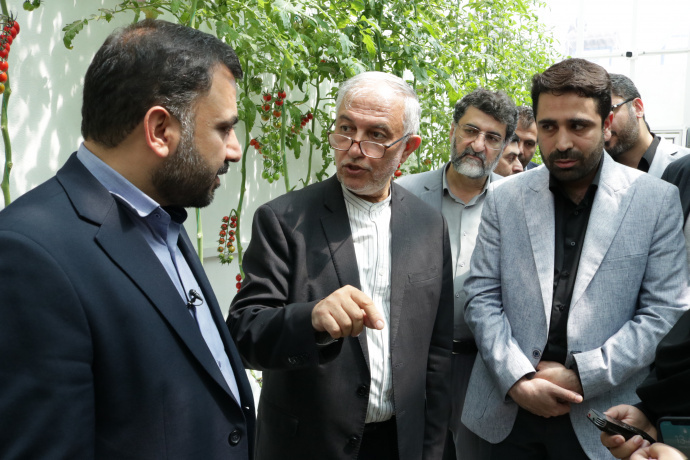
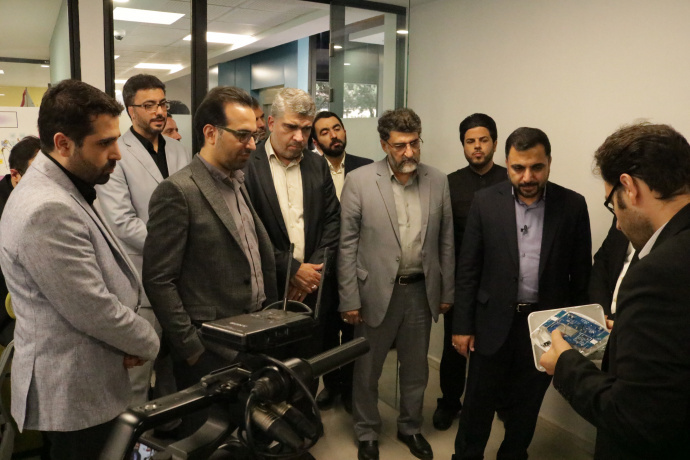
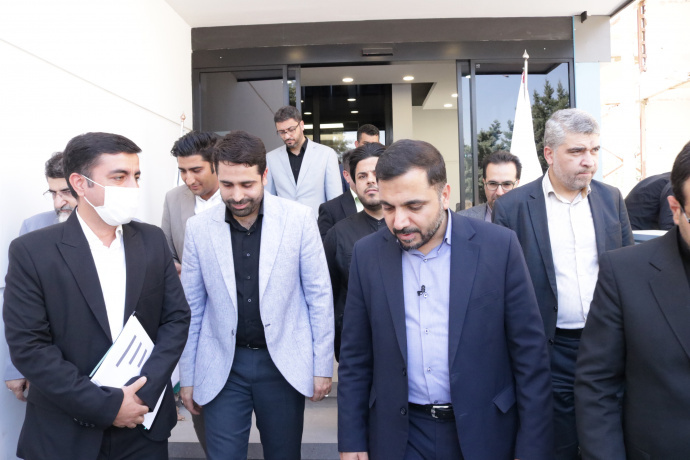
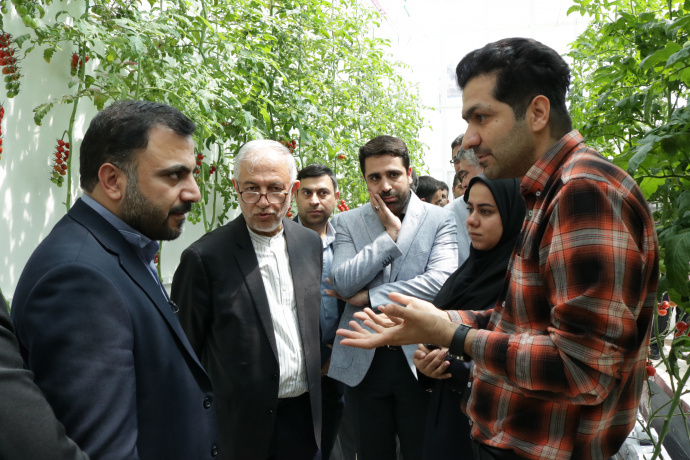
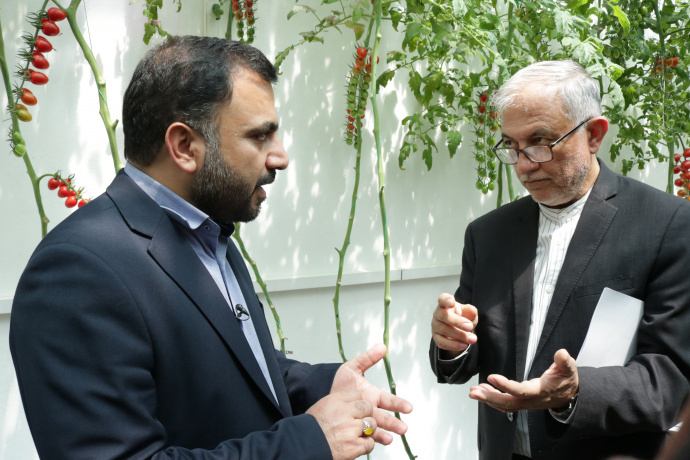
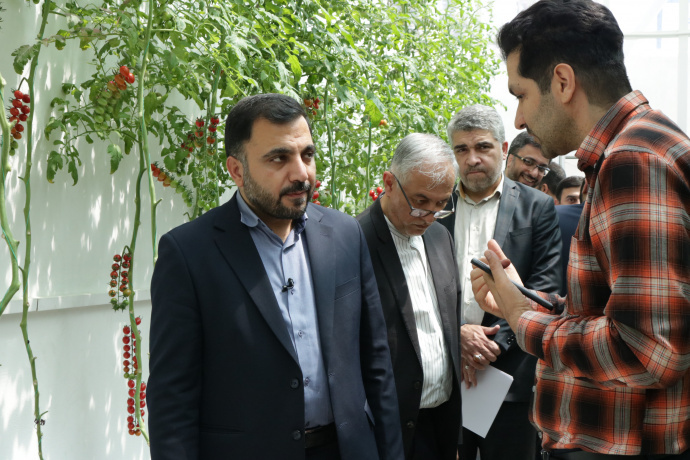
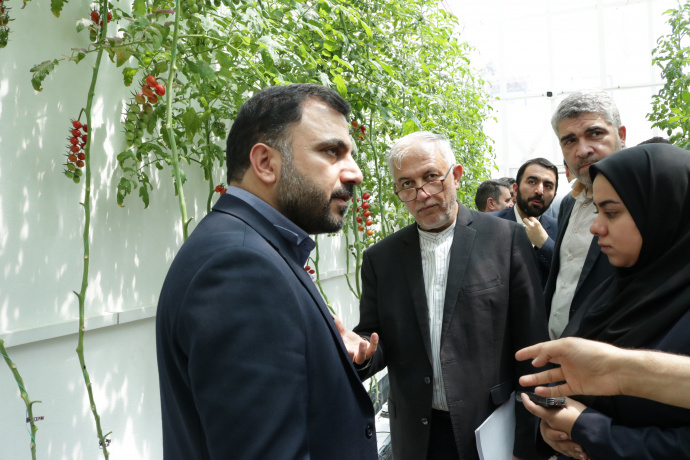
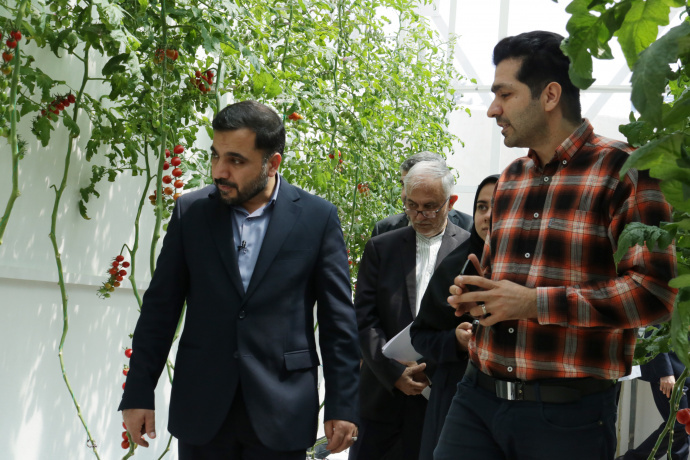
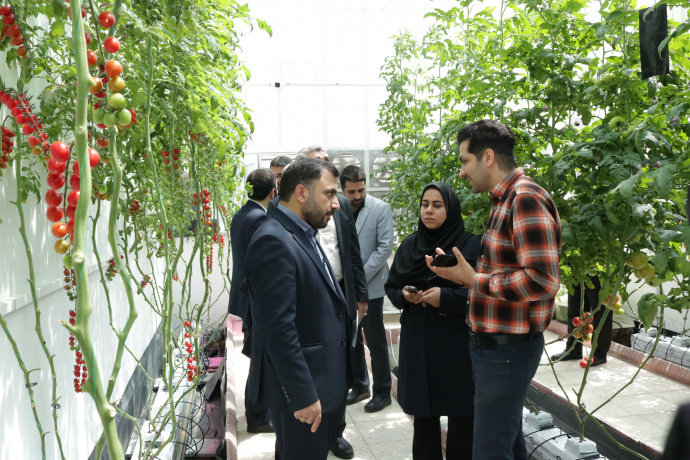
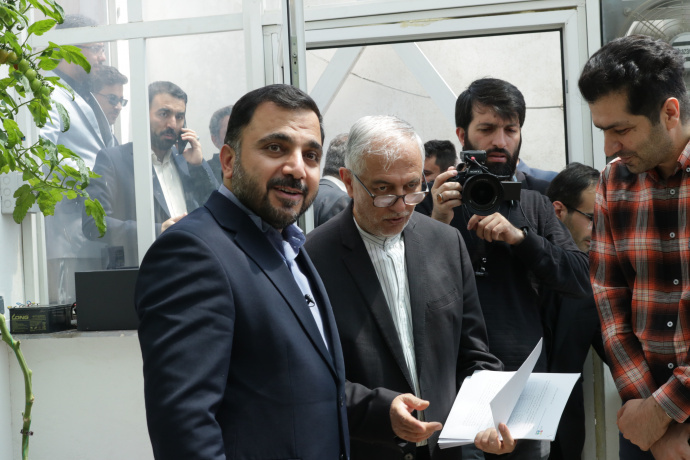
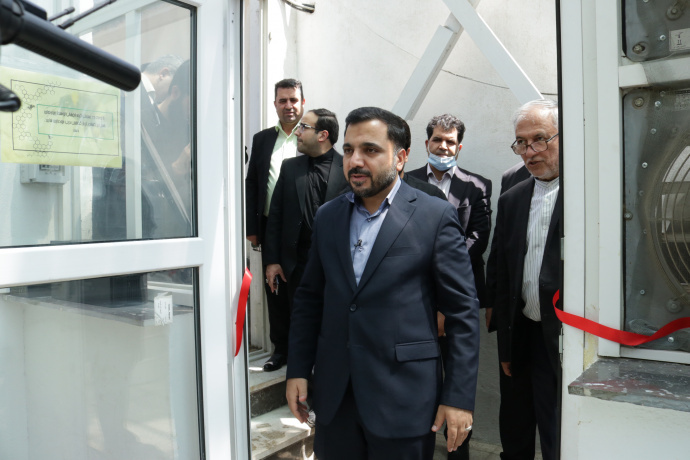
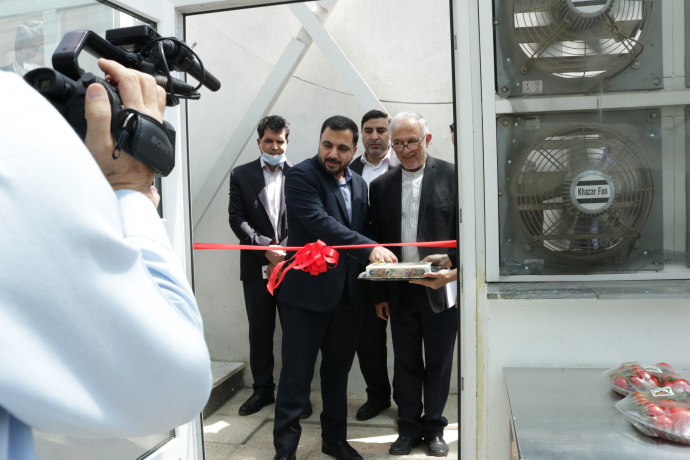
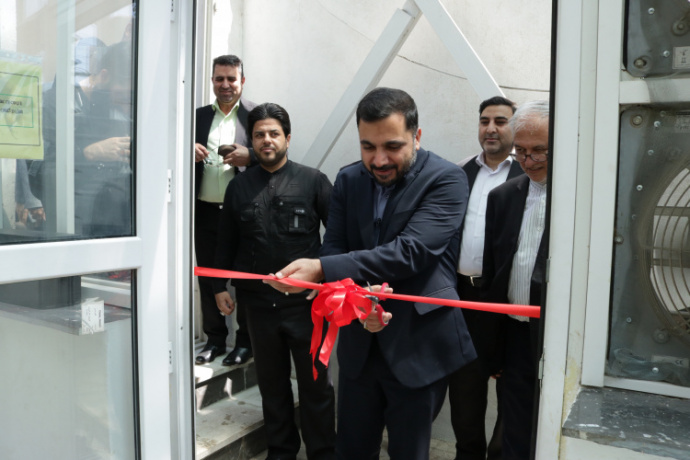













Your Comment :